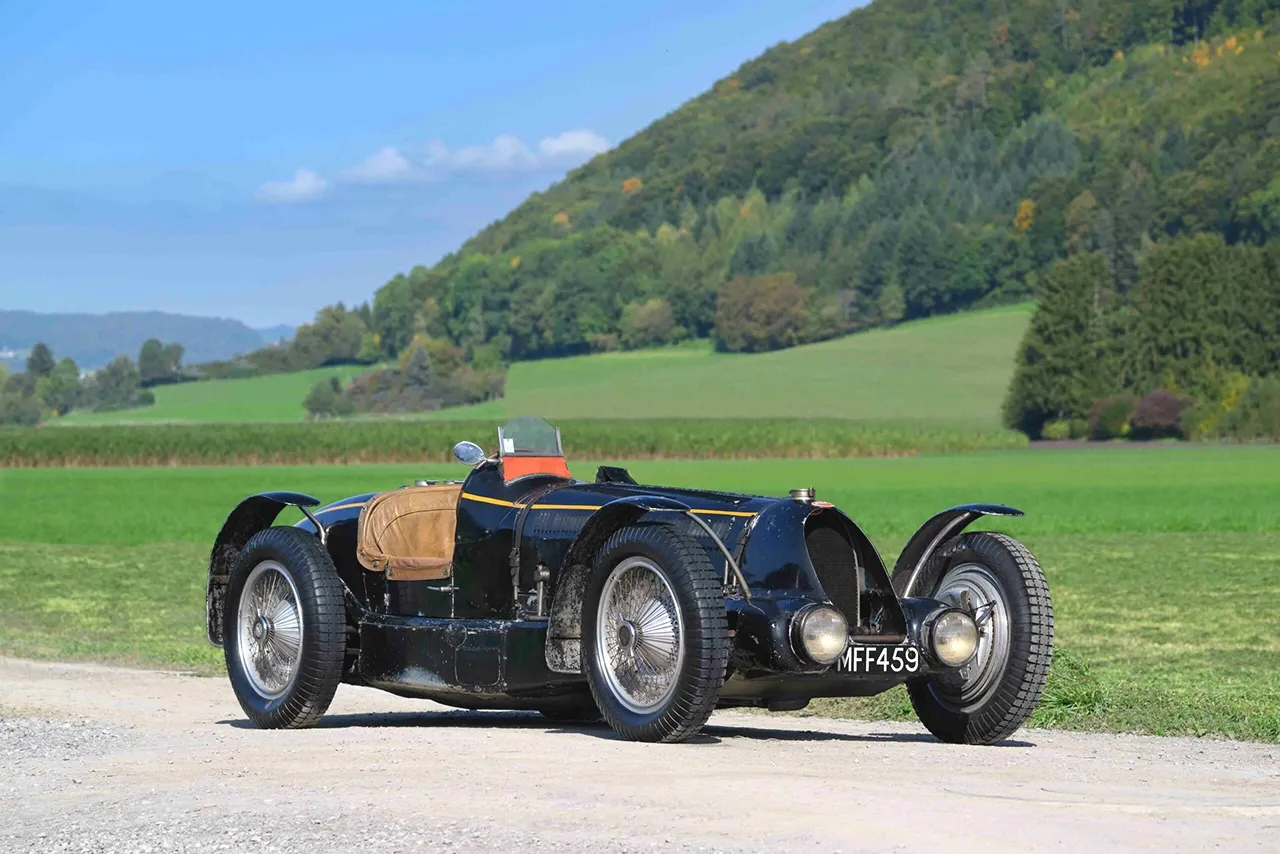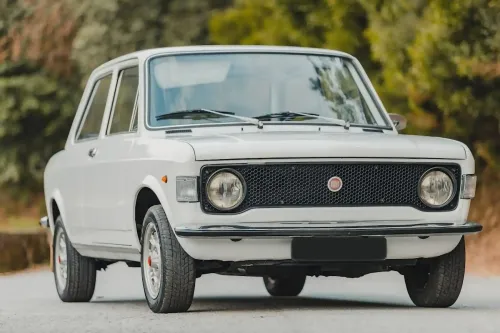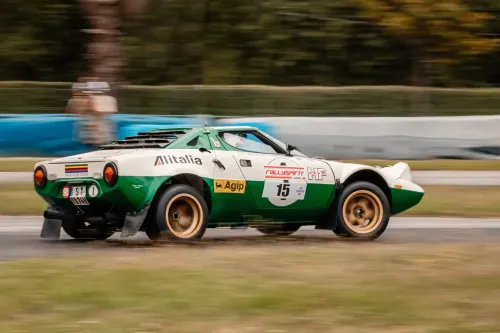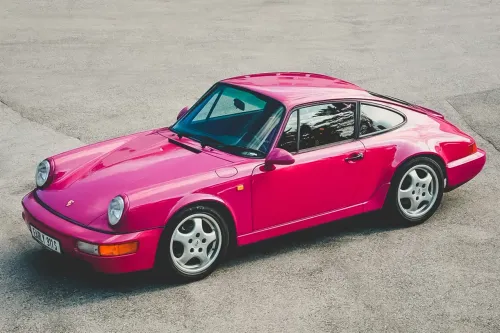Bugatti T59 é Best of Show em Pebble Beach
Photo: Tim Scott, Copyright Fluid Images
In 73 editions of the Pebble Beach Concours d'Elegance, the Best of Show trophy has been awarded 71 times to restored pre-war cars, once (2014) to a post-war car and this year, for the first time, to a preserved pre-war car, that is, without restoration since its transformation in the 30s.
This victory is undoubtedly a sign of the times and of a growing appreciation of originality over restoration. However, we must consider the fact that this example has an absolutely unique history and is presented in an extraordinary condition.
An amazing racing record
This is the first of just six examples produced of the Bugatti Type 59, one of the brand's most desirable competition models.
Presented in 1933 at the San Sebastian GP, the T59 was a clear response to the Alfa Romeo Type B, which then often outperformed its Bugatti rivals. Like the previous Bugatti GP, the T59 uses an in-line eight-cylinder engine with supercharger. This model, unlike the T35, used single-spoke wheels instead of alloy ones.
Very low and with sophisticated suspension for the time, success was not long in coming. René Dreyfus drove him to victory in the Belgian Grand Prix at Spa and finished third that year in Monaco. At the end of the season, facing strong competition and financial difficulties, Ettore Bugatti decided to abandon Grand Prix racing.
A rebirth and a new career
While four of the Type 59s were sold to English enthusiasts, the first was retained by Bugatti and converted from a GP model to a "sportscar". Bugatti removed the compressor, created a new motorcycle fender body, a single "aeroscreen", small headlights, doors and dry sump, as well as a synchronized gearbox with control on the ground and in the center instead of the lever typical "outboard". In this process, the chassis number was changed to 57248.
After the transformation, the T59 continued to compete, taking part in the Algerian Grand Prix, driven by Jean-Pierre Wimille, who won. The last race for this car and driver duo would be the La Marne GP, on the mythical Reims circuit, winning once again, with a three-minute advantage over second place.
From blue paint to blue blood
At the end of the season, King Leopold III of Belgium, a loyal Bugatti customer, purchased the Type 59. Before delivery, the monarch ordered a new paint job: the "France blue" would give way to black, with a gold stripe. In reality, Bugatti superimposed the color, so today it is possible to see blue in some parts of the body.
No one really knows if the King ever used the carriage, but it is likely that it was stored as war approached. The King and his consort, Liliane Baels, were deported to Germany in June 1944.
Keeping it untouched
However, the King managed to keep this and other cars in his collection and kept it until 1967, when it was sold to Stéphane Falise, a Belgian tycoon with refined taste, who would have been instrumental in ensuring that the car remained untouched.
Passionate about originality, Falise kept the T59 in storage for 20 years, without polishing or painting it and, probably, without driving it either.
After several owners who knew how to respect the originality of the example, it would end up becoming part of the famous "Pearl Collection", by Swiss enthusiast Fritz Burkard, where it shares space with several exceptional Bugatti, including the most recent Cientodieci.
Burkard commissioned work to preserve the patina of this car and assumes that he uses it frequently and that it is easy and pleasurable to drive.
This win wrote a landmark chapter in the history of Pebble Beach and of Concours d'Elegance, in general.







